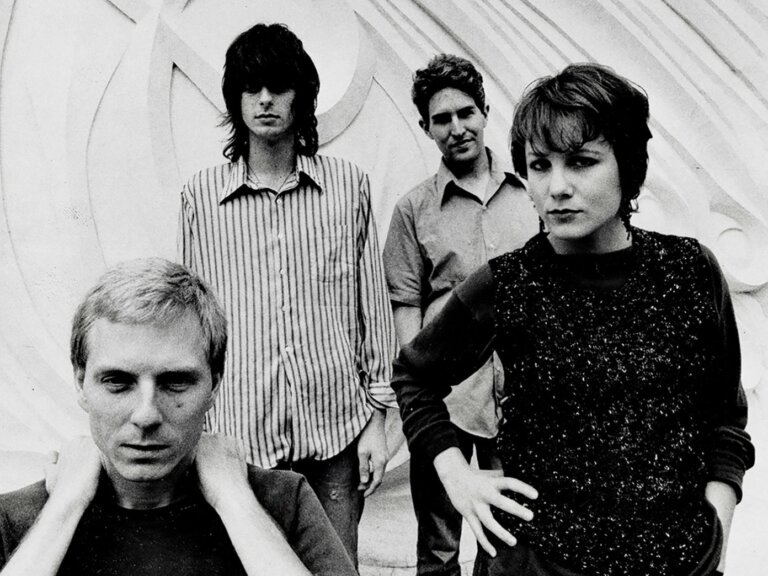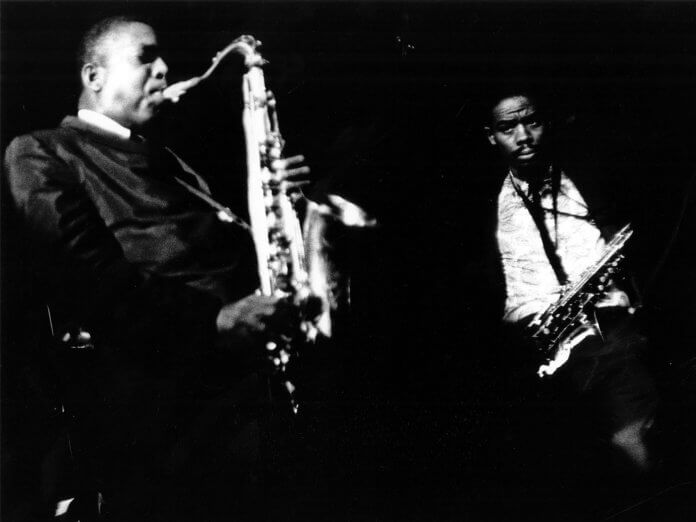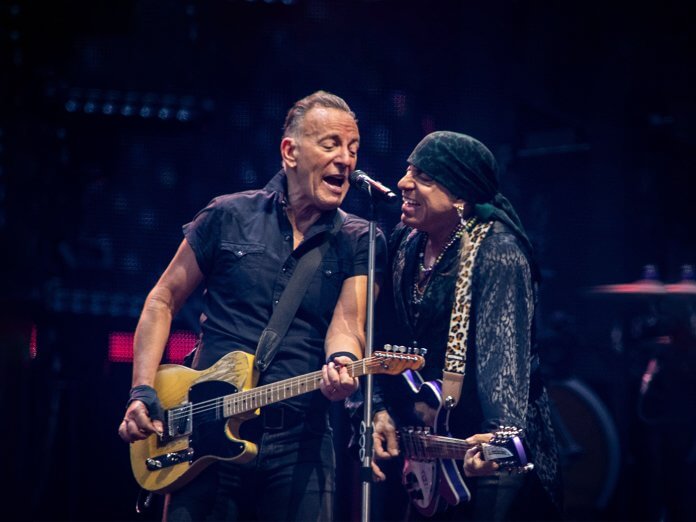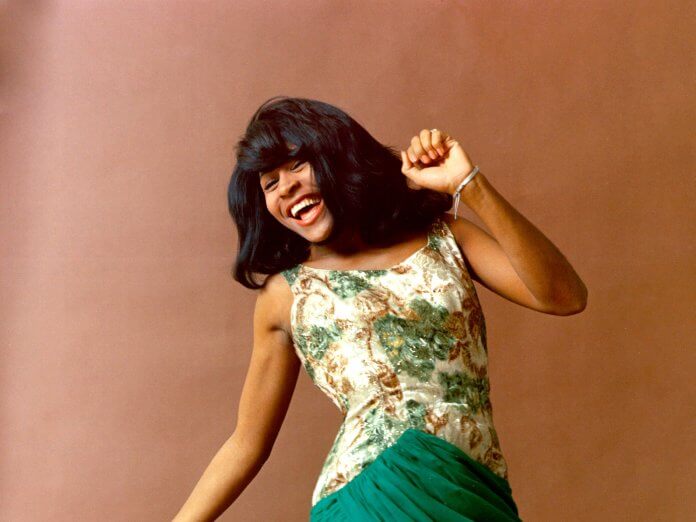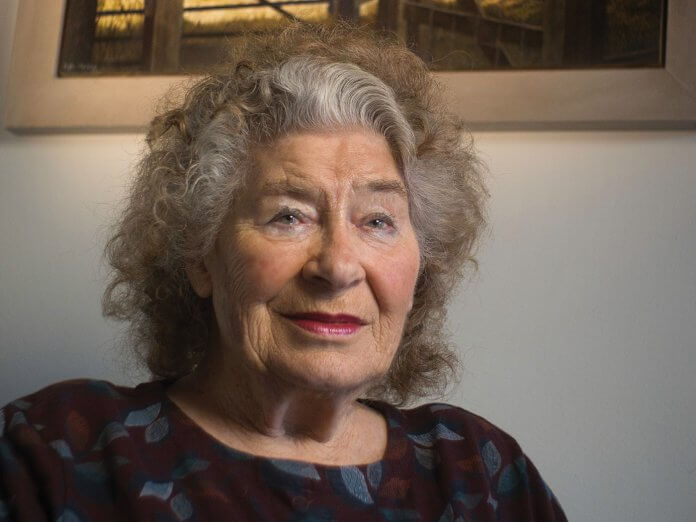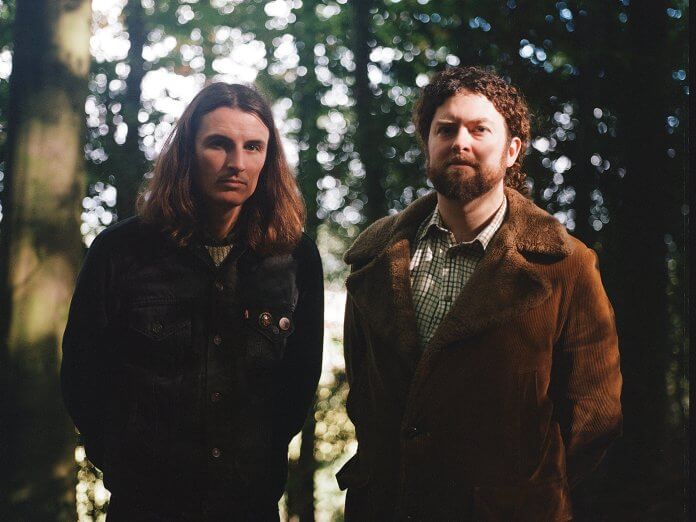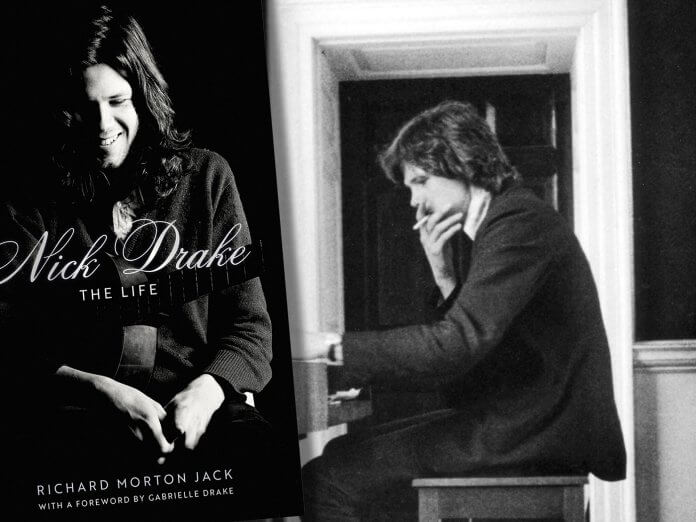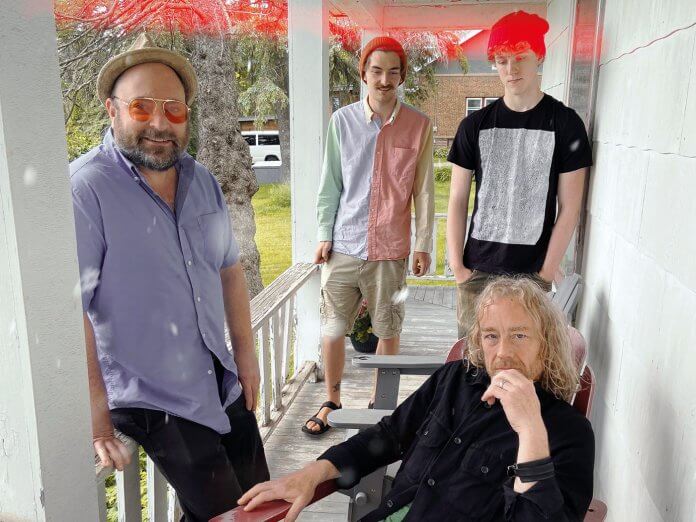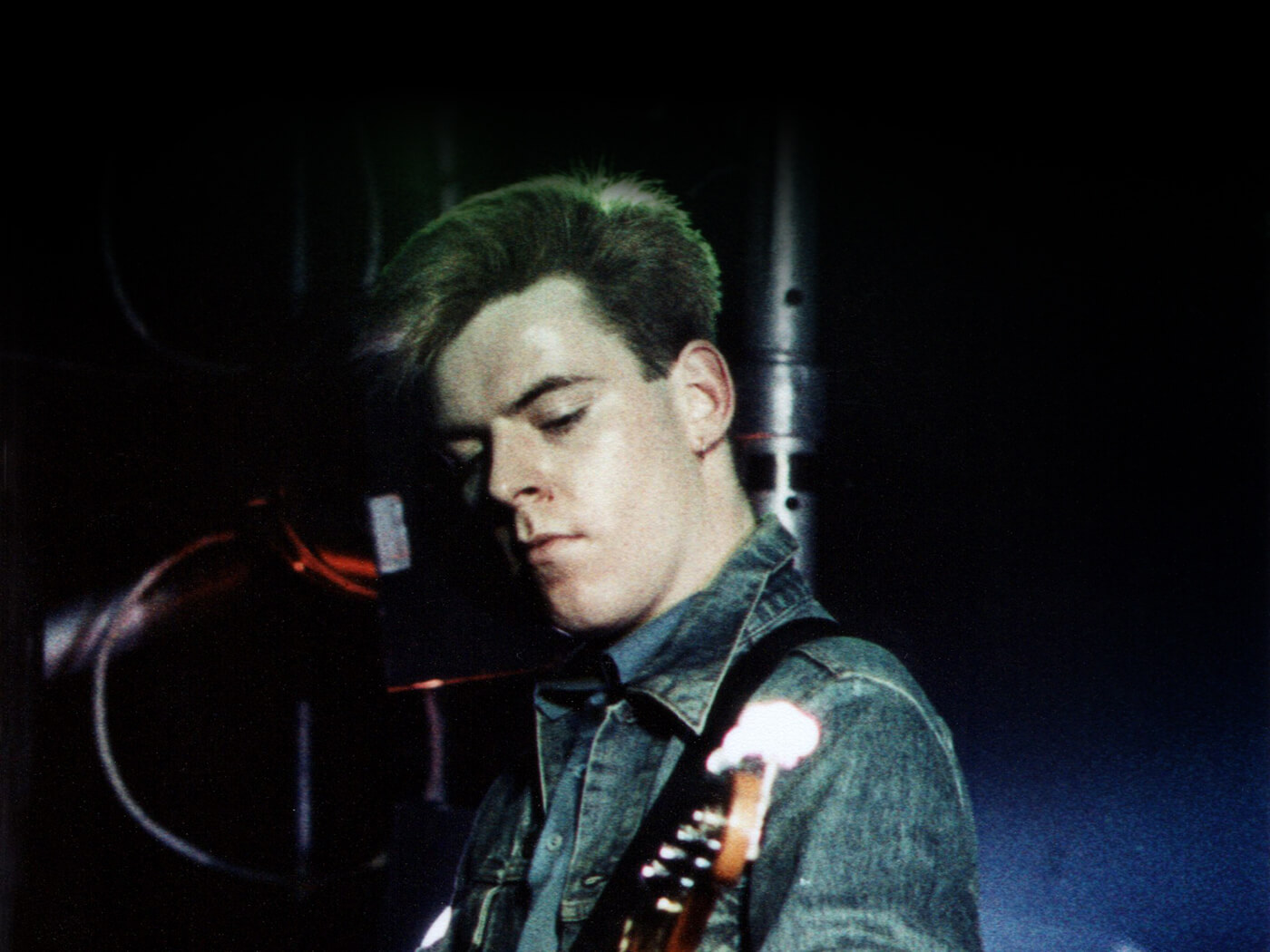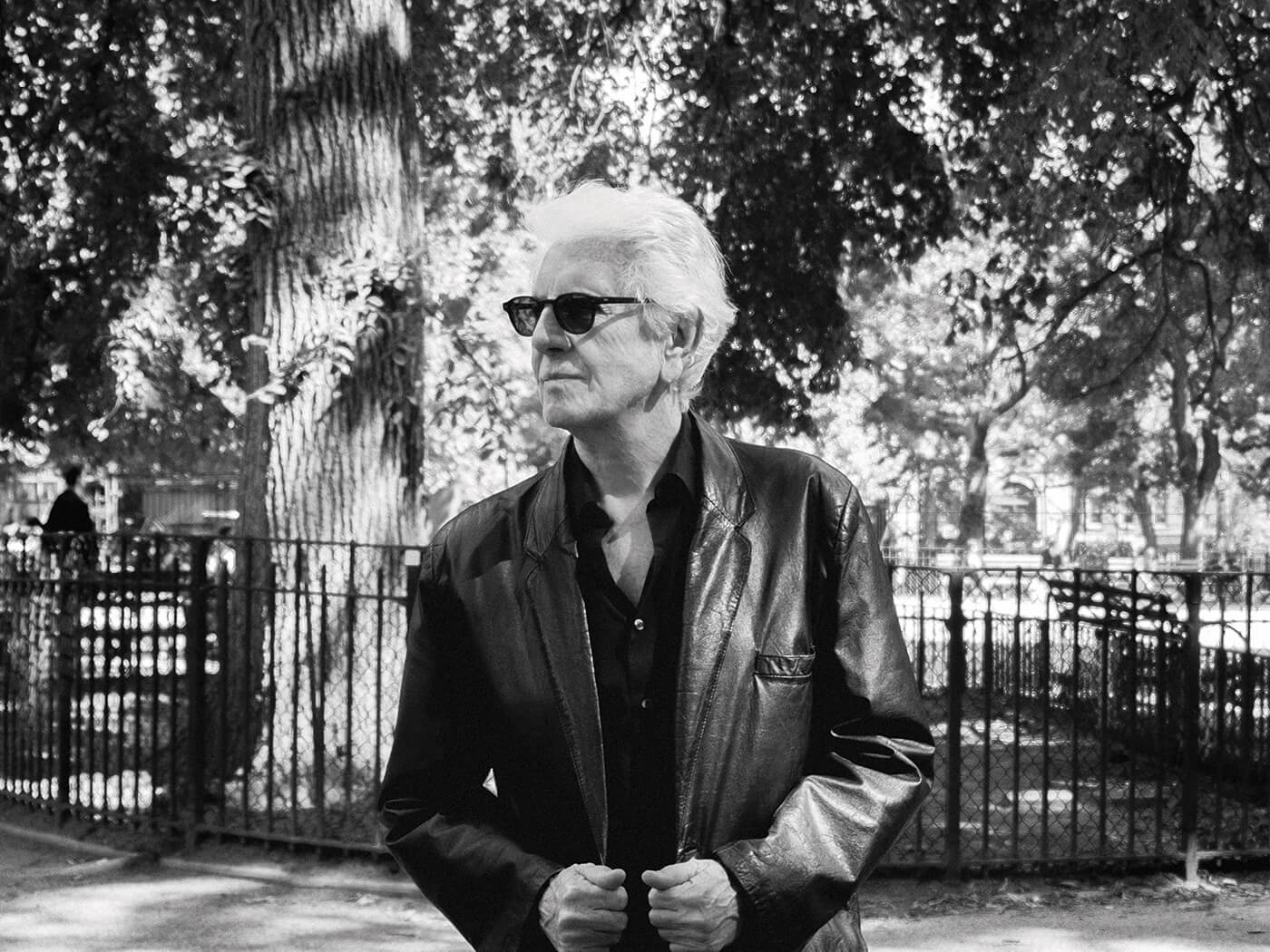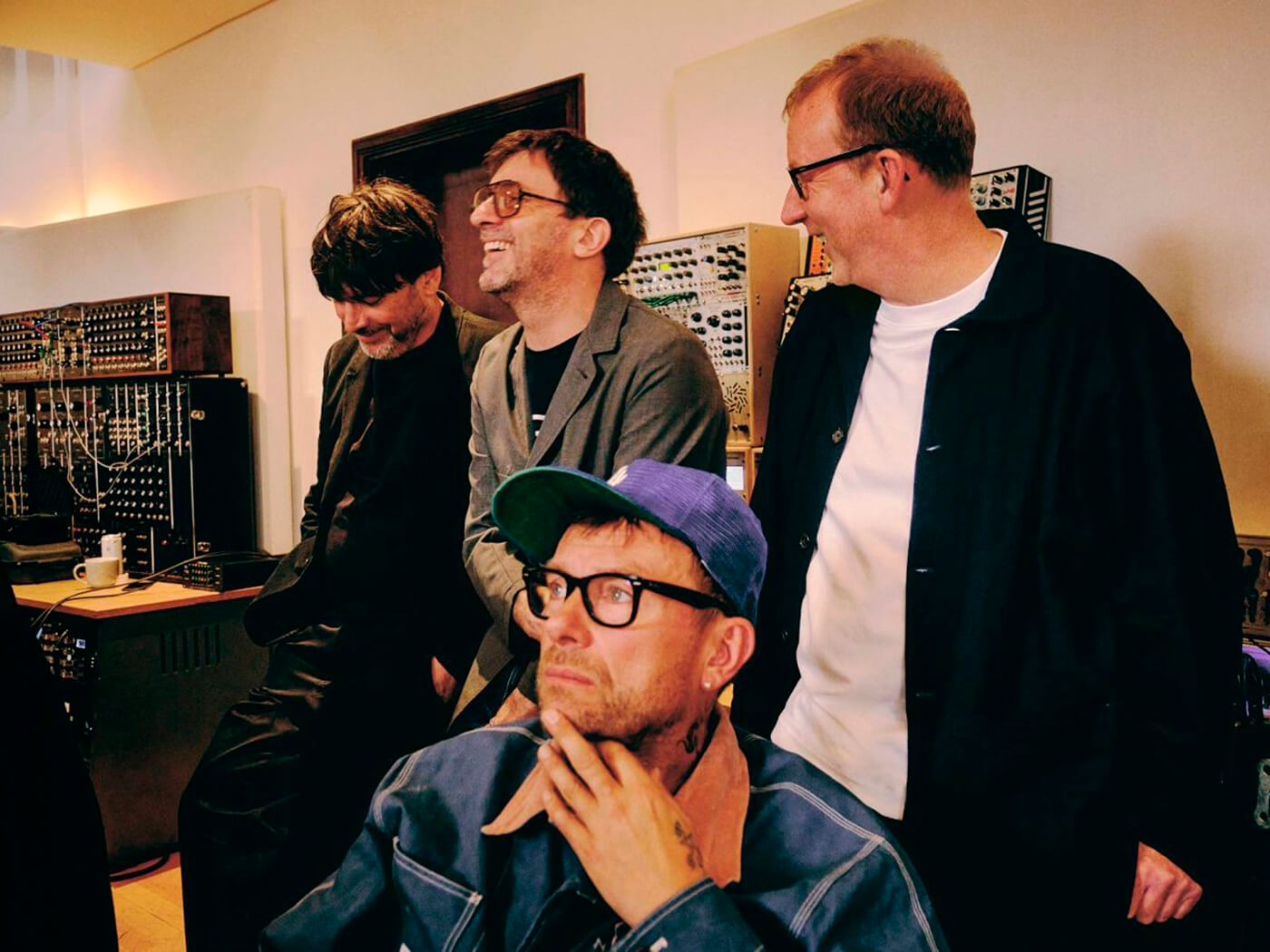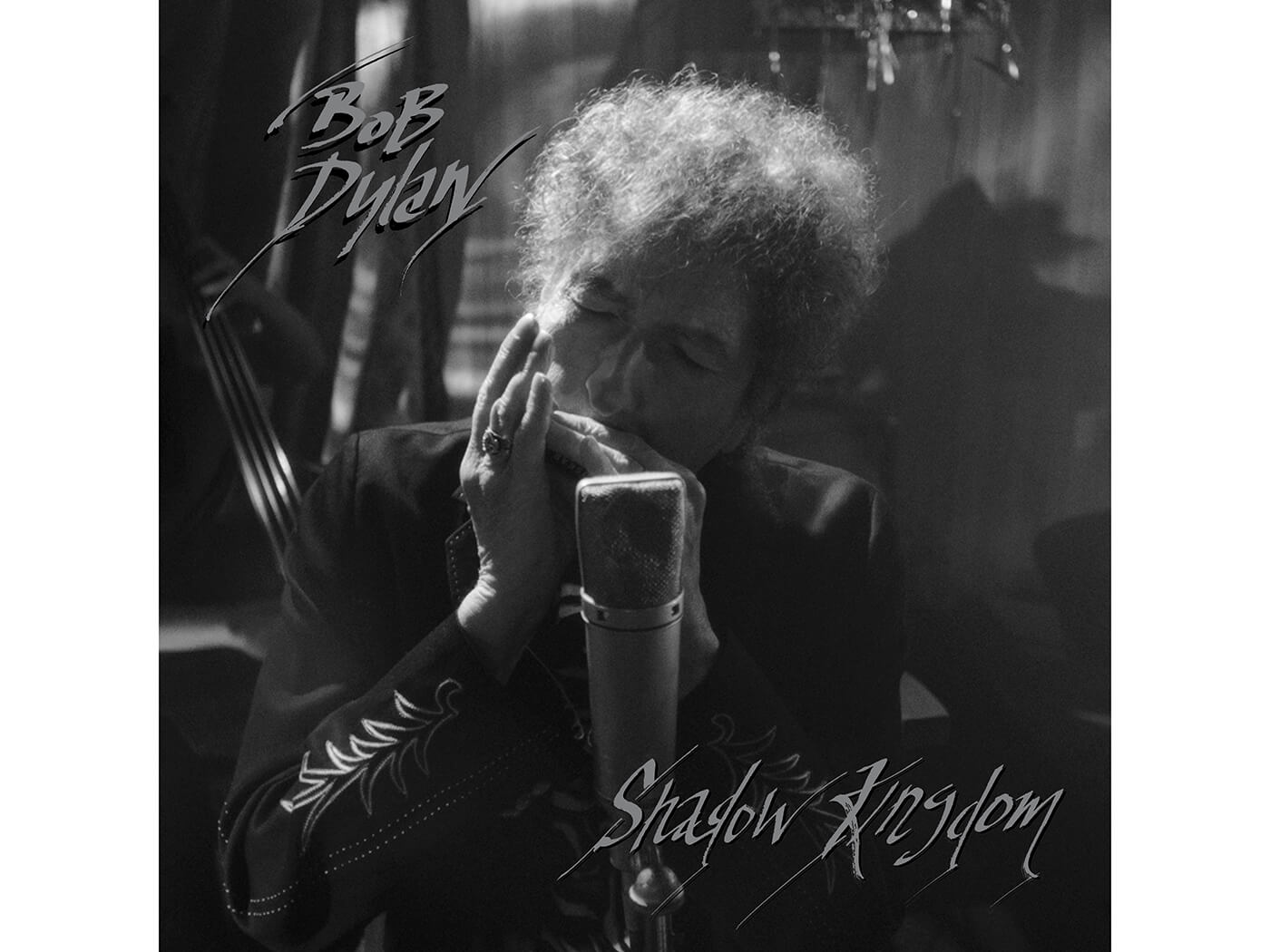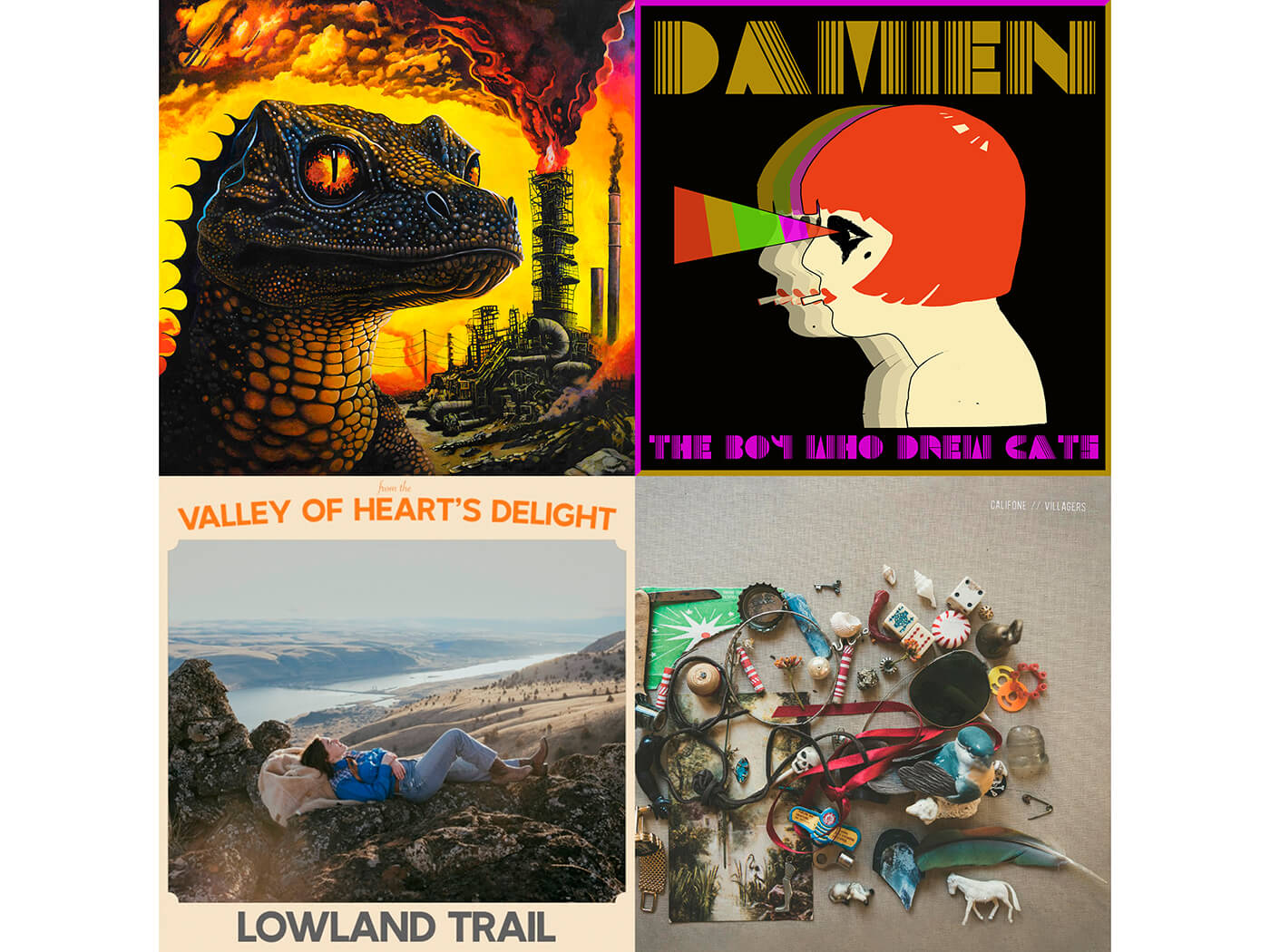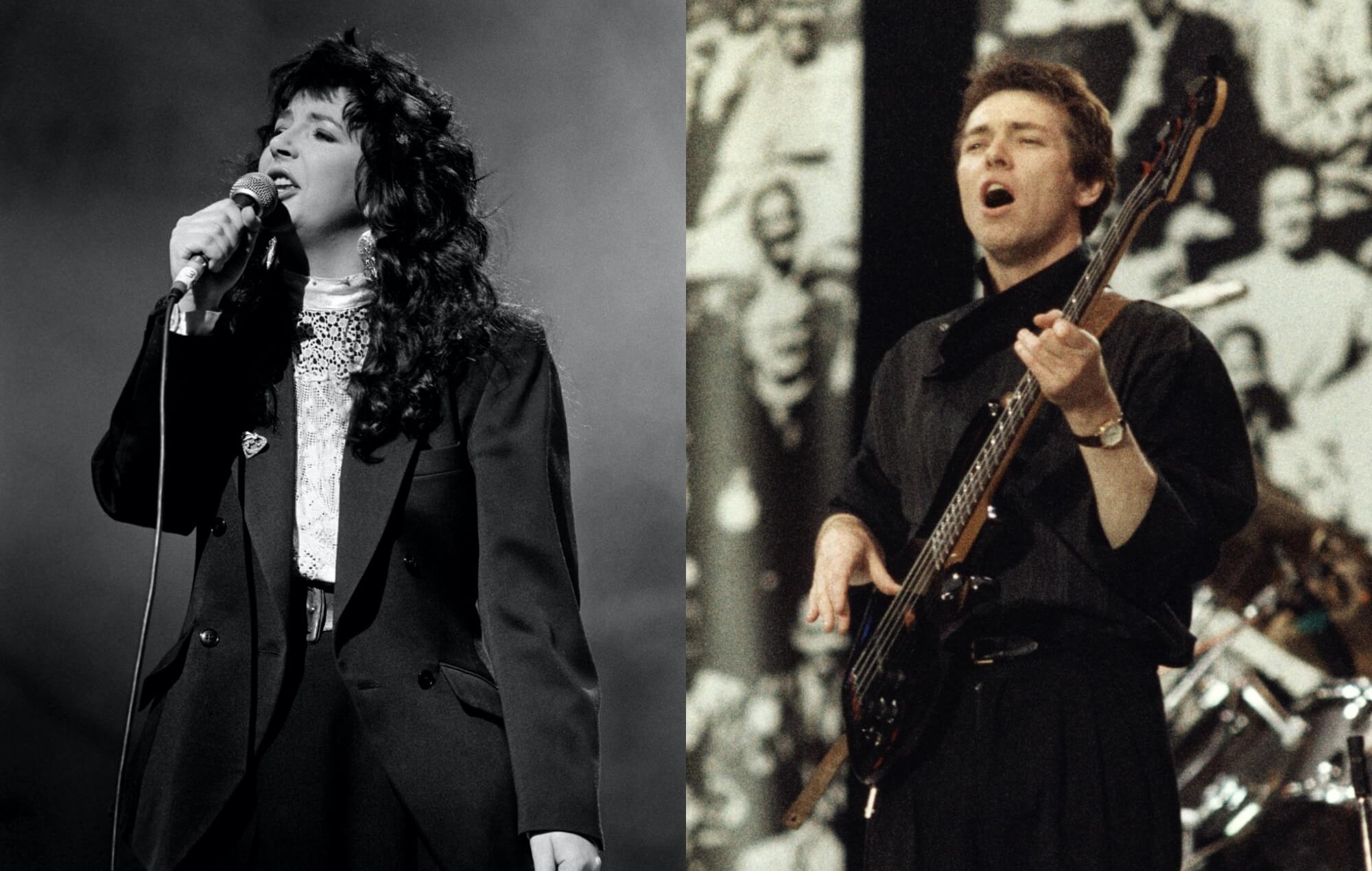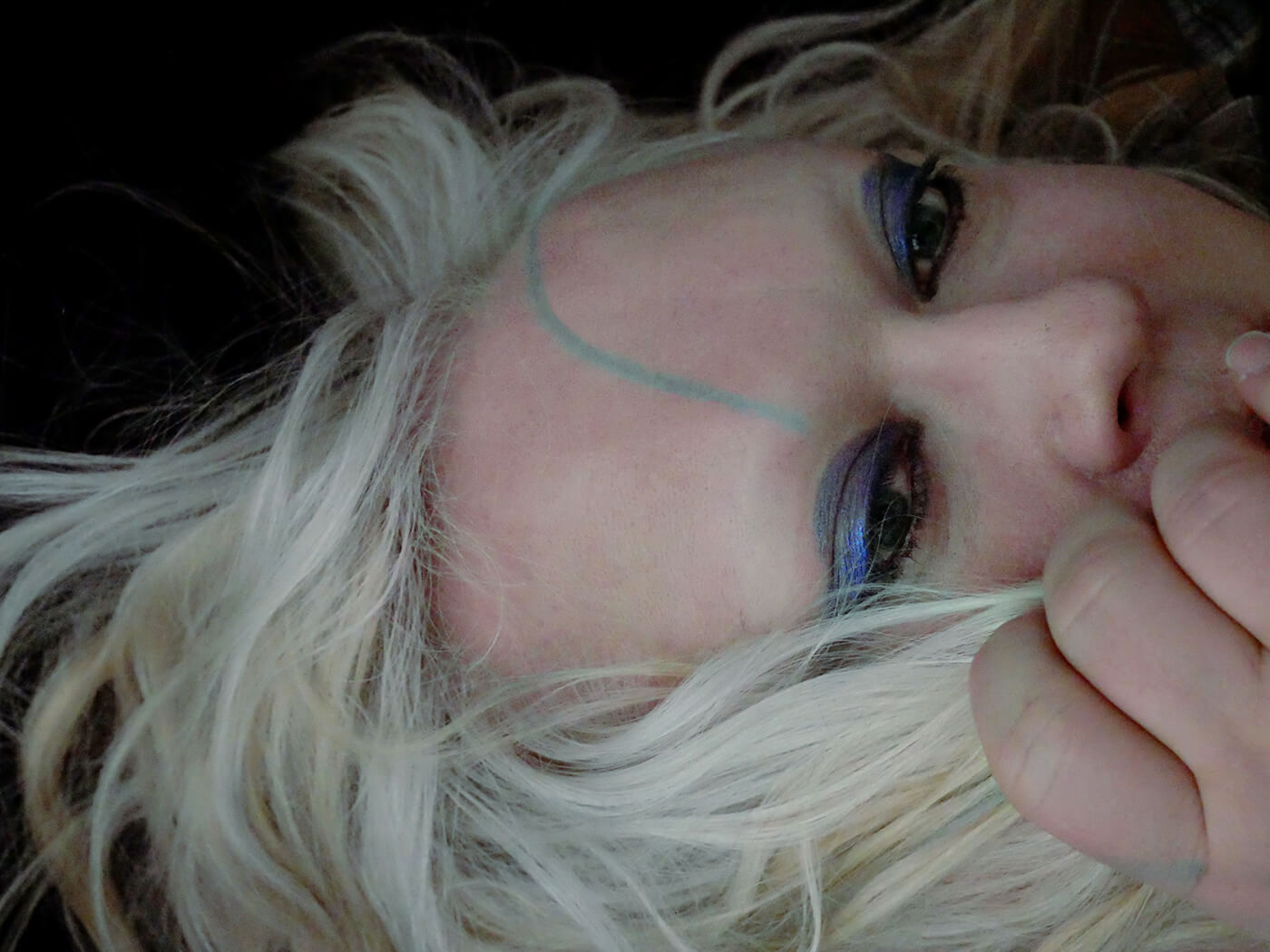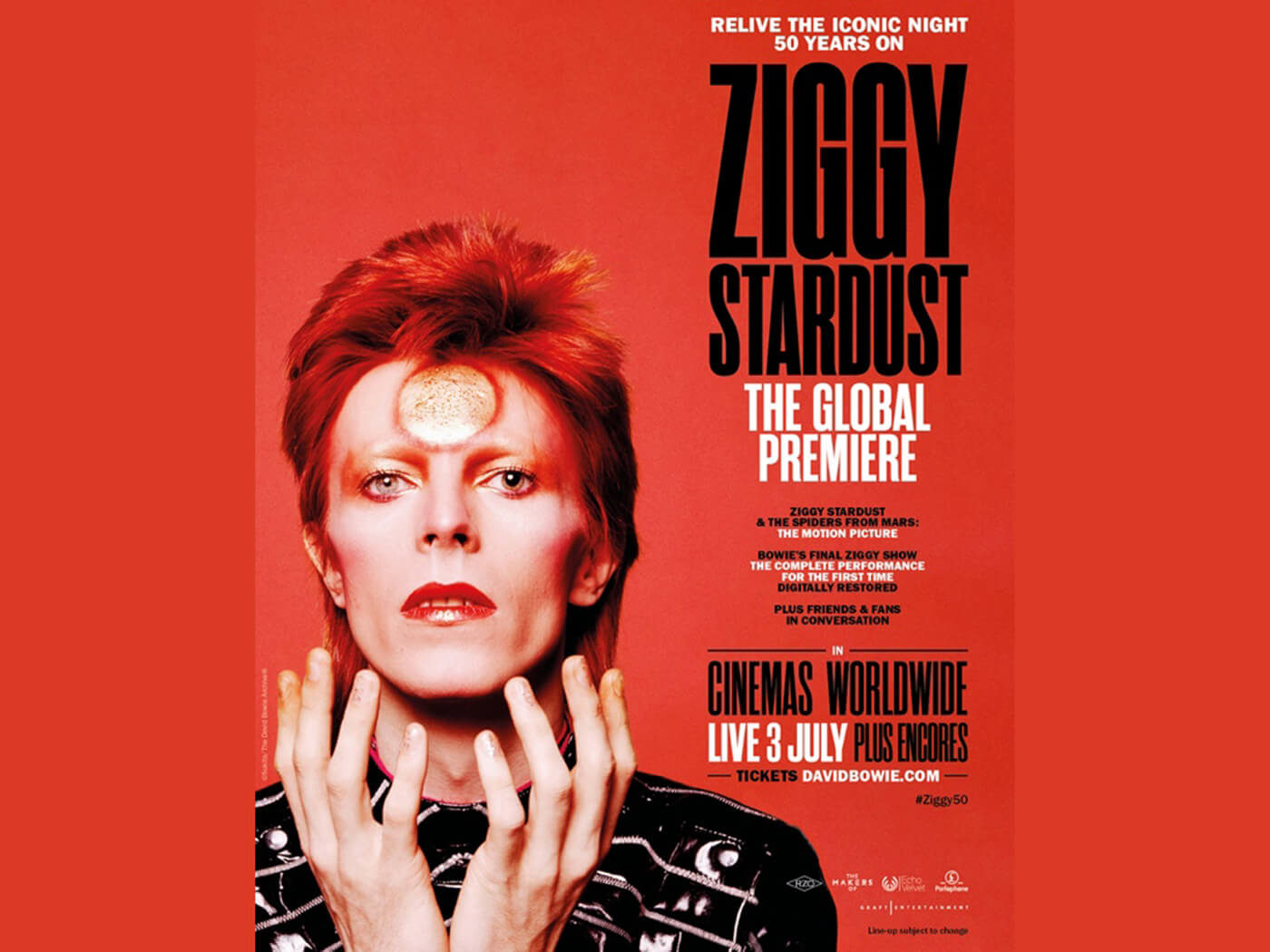“Is it recording yet?” a male voice asks at The Dream Syndicate’s first rehearsal. “Yeah,” Kendra Smith dryly replies. “Every gem.” Doubling the length of The Days Of Wine And Roses’ 2001 and 2015 reissues, this collection reconstructs the whole fervid world of the band’s first, short-lived incarnation, from that rehearsal on December 27, 1981, through early gigs, to the night their debut album was laid down, and onwards to a tape of a forgotten Tucson show where this great, firefly lineup achieve a wild, casual apotheosis.
“The album itself is a small part of this boxset,” Steve Wynn notes, “which is more like a time-capsule of what it was like to be in the band and around us in LA at that time, to see that lineup developing through the year we were together. Defiant’s a good word for us then, when it was us against a world that wasn’t even bothering to pay attention.”
The Dream Syndicate’s reference points, so rebellious at synth-point’s peak, seem less important now, when the Velvets, Stooges and Crazy Horse are classic rock’s lingua franca. The Days Of Wine And Roses has sounded like a landmark, not a throwback, for a while. Wynn’s terse songcraft is at the core of a molten sound, carried forward by Smith’s logical, melodic bass and Dennis Duck’s solid beat, but liable to be flayed and sliced by Karl Precoda’s lead guitar, speaking a private language of decorative and deconstructive feedback only his bandmates comprehend. He’s the band’s Brian Jones, splashing on crucial colours, and their Thurston Moore, exploring action painting explosions, and drawing Wynn’s steadier guitar to him in a thrilling embrace. This quartet had mostly just turned 20 years old, and their precocious achievement is the story told here.
As the album’s opener, “Tell Me When It’s Over”, starts its inevitable, looping drive, the guitars’ languid jangle and needling, post-punk edge add to the playful suggestion that we’ve been here before. Wynn’s voice and lyrics are bracingly disaffected, stuck like Dylan in Memphis. It’s a clean-lined statement of intent, its classic chassis freshly painted for ’82. “That’s What You Always Say” is more sinister, a guitar creeping over Smith’s relentless riff ’til the band swagger in and Precoda’s bucking solo dissolves into persistent, primordial feedback sparks. “Halloween” excavates The Velvet Underground in the context of a subsequent world, with its near-motorik groove, both psychedelic and post-punk. Lou Reed and the Ian McCulloch of “Villiers Terrace” similarly shimmer in Wynn’s voice.
That voice is also already his own, with its jittery, embattled cool. Still an English Lit major when the album was recorded, Wynn’s paranoid lyrics peak with “Until Lately”, which seems to view Reaganite suburbia through the queasy prism of HP Lovecraft or Philip K Dick, as a harmonica darkly howls. Wynn, though, sympathised with his driven, conformist characters. “I had connected strongly to writers like Thomas Carlyle and John Stuart Mill,” he reveals, “and the virtue of some perceived sense of hard work and determination. At the time it gave me a much-needed sense of order, and fuelled the lyrics to ‘Tell Me When It’s Over’ and ‘Until Lately’.”
This set also includes the sole, woozy single by Wynn’s proto-Syndicate project 15 Minutes, that first rehearsal and the “Down There” EP, taped three weeks later and almost equalling the album for shuddering, precise noise. Outtakes are mostly familiar, as is the KPFK radio broadcast’s early iteration of “John Coltrane Stereo Blues”, “Open Hour”, with Precoda’s thin, high-wire solo threading through its slow-burn drone and fuzzed thunder. This definitive expression of the band’s jazz-like thinking also appears in a still earlier, until-now forgotten live version as “It’s Gonna Be Alright”, gleaning a rough, abstract groove before the tape cuts out. “I can hear the band’s progression on this collection,” Wynn considers, “getting more confident, and less afraid to rock. But we didn’t want to be a rock band then. We saw ourselves as closer to Ornette Coleman and Sun Ra.”
The discoveries which make this release essential are two unreleased live discs drawn from Duck’s cassette archive. A Halloween gig at a vintage clothes store on a bill with HG Lewis gore movies finds the band in informal, goofy mood, battling sound problems, but adding unhinged aggression to “Until Lately”, where Wynn’s hoarsely shredded voice acts like feedbacking guitar. The song “Halloween” is a sturdy, mutable set-piece, played with delicate guitar tracery at one gig, as Smith states the melody with characteristic wryness and optimism, then as a diseased jangle at Reseda, California’s Country Club.
This whole period finds final expression on a night at the Backstage, Tucson, in 1982. Precoda has been hassled for his long hair, here far from LA, inspiring a martial cover of Johnny Cash’s “Folsom City Blues”. The excitement is enhanced by the tape’s fade and surge, as the band rip through “Definitely Clean”, and this Syndicate swagger with joy, relishing their good fortune. As they plunge and whip through “Some Kinda Itch”, you can hear each musician’s individual, absorbed intensity create their collective impact. Smith would soon leave, then Precoda. This is their sound’s monument.


